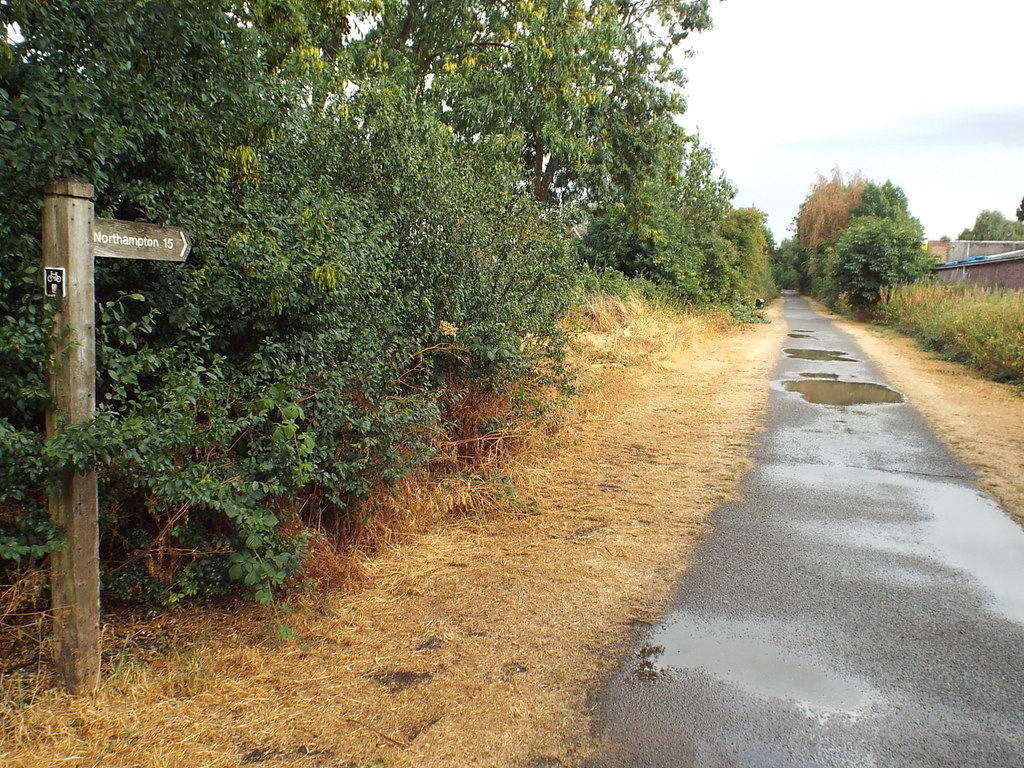70014IronDuke
Established Member
- Joined
- 13 Jun 2015
- Messages
- 3,723
There are many in here who say the economic case for Bedford - [St Neots] - Cambridge will never stack up, and so will never get built. (Just for the record, I do hope it gets built. But I'd give that only a 20% chance.)
Some (including myself) have suggested putting in a south-east chord at Manton, and running Bedford - Corby - Stamford. Vastly cheaper, but this won't work because its far too much of a diversion. (For the record, I agree - if we keep the goal as Cambridge.)
But if, or when, Bedford - St Neots - Cambridge is abandoned, the issue of going further east with a modern railway won't go away. So how about another compromise?
Build a new route Northampton - Wellinborough, and a new chord at Manton. Quietly abandon Cambridge as the end station for Peterborough.
Advantages: Only 12 or so new miles of track between Northampton and Wellingboro', plus the new Manton chord. Still vastly cheaper than the 30 or so miles of new track from Bedford to Cambridge. (Wellingboro might be expensive though. The old trackbed south of the station has a housing estate on it, last time I looked.)
However, instead of your east-west trains serving Bedford, St Neots and Cambourne en route, they serve Milton Keynes, Northampton, Wellingboro, Kettering and Corby - a massively larger population set.
And you could probably single chunks of Bletchley - Bedford, giving some savings long term.
The big disadvantage is you still do not effectively serve Cambridge from the west. (Yes, you could of course do the journey, but this way is still a sizeable diversion compared to Bedford - Cambridge directly. But it still gives you huge capex savings against the direct option.)
Some (including myself) have suggested putting in a south-east chord at Manton, and running Bedford - Corby - Stamford. Vastly cheaper, but this won't work because its far too much of a diversion. (For the record, I agree - if we keep the goal as Cambridge.)
But if, or when, Bedford - St Neots - Cambridge is abandoned, the issue of going further east with a modern railway won't go away. So how about another compromise?
Build a new route Northampton - Wellinborough, and a new chord at Manton. Quietly abandon Cambridge as the end station for Peterborough.
Advantages: Only 12 or so new miles of track between Northampton and Wellingboro', plus the new Manton chord. Still vastly cheaper than the 30 or so miles of new track from Bedford to Cambridge. (Wellingboro might be expensive though. The old trackbed south of the station has a housing estate on it, last time I looked.)
However, instead of your east-west trains serving Bedford, St Neots and Cambourne en route, they serve Milton Keynes, Northampton, Wellingboro, Kettering and Corby - a massively larger population set.
And you could probably single chunks of Bletchley - Bedford, giving some savings long term.
The big disadvantage is you still do not effectively serve Cambridge from the west. (Yes, you could of course do the journey, but this way is still a sizeable diversion compared to Bedford - Cambridge directly. But it still gives you huge capex savings against the direct option.)

 . I no longer have any detailed knowledge of Northampton and hadn't thought about that (although there was a single line still extant on the old trackbed of the Bedford line in the 90s. All gone now, I assume.)
. I no longer have any detailed knowledge of Northampton and hadn't thought about that (although there was a single line still extant on the old trackbed of the Bedford line in the 90s. All gone now, I assume.) 
